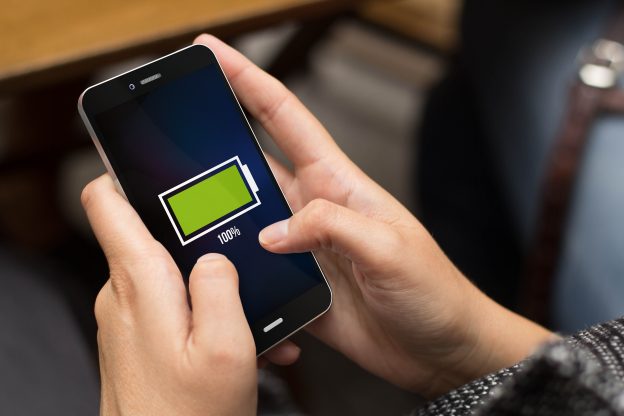On June 21, CATL received a number of surveys from a number of institutions, including Goldman Sachs, Temasek and Ruiyuan Fund.
In the survey, CATL said that if technology and manufacturing maturity are used as an evaluation system (1-9 score), the company's all-solid-state battery R&D project is currently at the level of 4, and the goal is to reach the level of 7-8 by 2027, which is expected to achieve low-volume production of all-solid-state batteries.
In fact, Wu Kai, chief scientist of CATL, expressed a similar view at the CIBF2024 Advanced Battery Frontier Technology Symposium in April this year, and emphasized the cost and other issues faced by high-volume production of solid-state batteries. He pointed out that although solid-state battery technology has great potential, there are still many technical challenges to overcome in its commercialization process.
According to Kai Wu's speech, CATL has adopted a sulfide technology route in the field of solid-state batteries, and has adopted two strategies to address the environmental stability of sulfide electrolytes. The first one is to coat the design with a reversible amphiphilic molecular hydrophobic layer to improve air stability, and the other is to develop new synthetic routes and low-lithium content materials to reduce costs.
Wu Kai believes that the disruptive innovation of solid-state batteries lies in the adaptation of new material systems, such as all-solid-state lithium metal batteries. Faced with the challenge of lithium metal anode, CATL used phase change self-filling technology and lithiphilic interface layer design to inhibit lithium dendrite growth and improve performance.
In addition, in terms of cathode materials, CATL has developed a multi-layer full-coating technology for single crystal cathode and a multi-functional composite adhesive. In terms of manufacturing process, CATL has realized the preparation of dry/wet pole pieces and the integrated molding process of battery cells, and established an all-solid-state battery verification platform.
Prior to this, Zeng Yuqun, chairman of CATL, made an in-depth evaluation of solid-state battery technology in an institutional survey in March, emphasizing the three stages that need to be experienced for technology implementation, including technical route, product route and commodity route.
Zeng Yuqun pointed out that there are three routes of solid-state battery technology: oxide, sulfide and polymer, but there are still many basic scientific problems to be solved, such as ion diffusion rate and solid-solid interface contact. Zeng Yuqun revealed that CATL has been deploying in the field of solid-state batteries for many years and has increased investment.
In an interview with the Financial Times that same month, Zeng expressed caution about the commercialization of solid-state batteries, arguing that while the industry is looking forward to the technology, it is still years away from mature application. He pointed out that solid-state battery technology is currently not perfect, and there are durability and safety issues, such as the risk that battery breakage may bring.
It is reported that recently, BYD's Fodi battery also disclosed the progress of all-solid-state batteries for the first time this year.
Fodi said that Foday Battery plans to produce small batches in 2027 and will be installed in BYD's high-end models, with a scale of about 1,000 units. By 2030, 40,000 vehicles are expected to be equipped with all-solid-state batteries. By 2033, 120,000 vehicles are expected to be installed on a large scale.
Fodi may adopt a scheme of high nickel ternary (monocrystalline) + silicon-based anode (low expansion) + sulfide electrolyte (composite halide). Its cell capacity can reach more than 60Ah, the mass specific energy density reaches 400Wh/Kg, the volume specific energy density reaches 800Wh/L. It does not fire and does not explode under acupuncture or hot box conditions, and the energy density of the battery pack exceeds 280Wh/Kg.
Source:TrendForce







